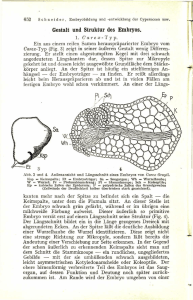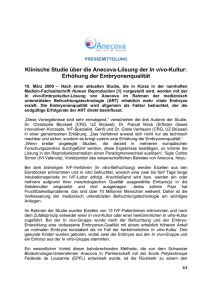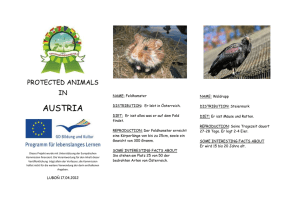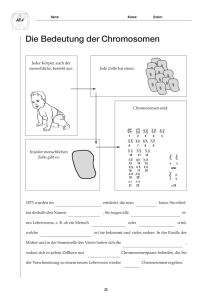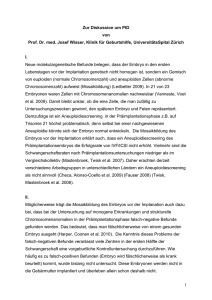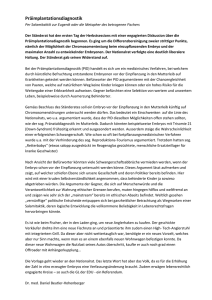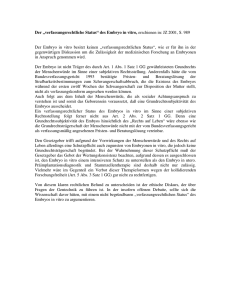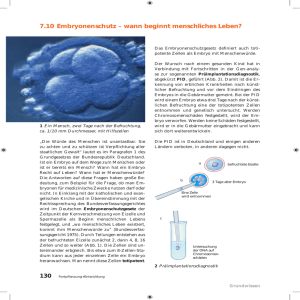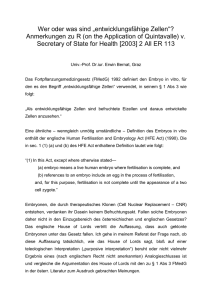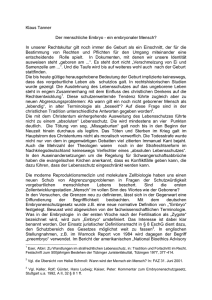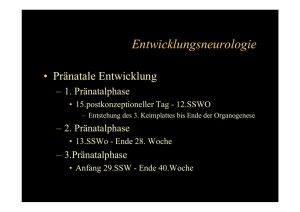Singlepage Zeitschrift: Botanica Helvetica Band (Jahr - E
Werbung
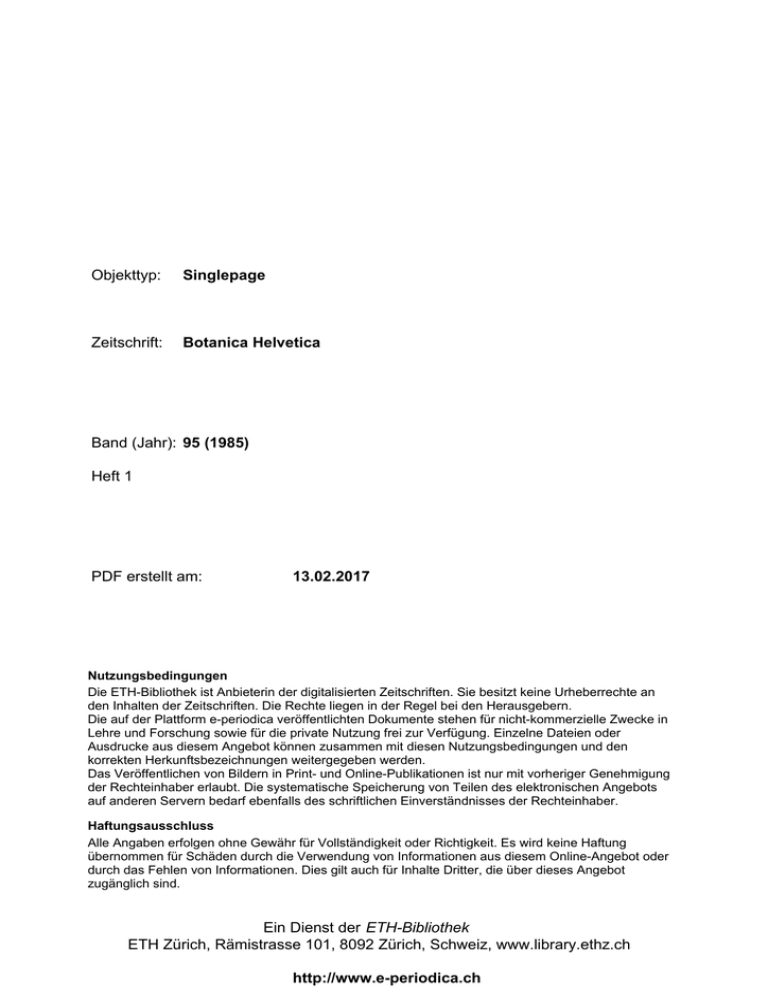
Objekttyp: Singlepage Zeitschrift: Botanica Helvetica Band (Jahr): 95 (1985) Heft 1 PDF erstellt am: 13.02.2017 Nutzungsbedingungen Die ETH-Bibliothek ist Anbieterin der digitalisierten Zeitschriften. Sie besitzt keine Urheberrechte an den Inhalten der Zeitschriften. Die Rechte liegen in der Regel bei den Herausgebern. Die auf der Plattform e-periodica veröffentlichten Dokumente stehen für nicht-kommerzielle Zwecke in Lehre und Forschung sowie für die private Nutzung frei zur Verfügung. Einzelne Dateien oder Ausdrucke aus diesem Angebot können zusammen mit diesen Nutzungsbedingungen und den korrekten Herkunftsbezeichnungen weitergegeben werden. Das Veröffentlichen von Bildern in Print- und Online-Publikationen ist nur mit vorheriger Genehmigung der Rechteinhaber erlaubt. Die systematische Speicherung von Teilen des elektronischen Angebots auf anderen Servern bedarf ebenfalls des schriftlichen Einverständnisses der Rechteinhaber. Haftungsausschluss Alle Angaben erfolgen ohne Gewähr für Vollständigkeit oder Richtigkeit. Es wird keine Haftung übernommen für Schäden durch die Verwendung von Informationen aus diesem Online-Angebot oder durch das Fehlen von Informationen. Dies gilt auch für Inhalte Dritter, die über dieses Angebot zugänglich sind. Ein Dienst der ETH-Bibliothek ETH Zürich, Rämistrasse 101, 8092 Zürich, Schweiz, www.library.ethz.ch http://www.e-periodica.ch 82 Rrystyna M. Urbanska Remarks on terminology Considerations on terminology may seem unnecessary to a non-involved scientist but to the students of plant reproduction in problem is, unfortunately, very real. In the course of time, very numerous terms have arisen that are rather arbitrarily used. For instance, Abrahamson (1975, 1980) distinguished between "seed reproduction" and "vegetative reproduction". Harper (1977) made a distinction between "reproduction" and "growth" and discarded the term "vegetative reproduction". Gustafsson (1946-47) used the general term "apomixis" for all kinds of asexual reproduction. On the other hand, numerous authors (e.g., Stebbins 1950, Nygren 1954, Bayer 1984) used the term "apomixis" solely for agamospermy; others opted the term "gametophytic apomixis" referring to agamospermy but excluding adventitious embryony (e.g. Asker 1980, Nogler 1984). I suggested elsewhere (Urbanska 1981, 1984) that the terminology used in studies dealing with plant reproduction and specifically concerning asexual processes should be revised and co-ordinated. In the present paper two forms of asexual reproduction occurring in higher plants, viz. agamospermy and vegetative propagation, are briefly described in the respective paragraphs and some representative cases are discussed. No attempt is made to review the ample literature on the subject; for more information the reader is referred, e.g., to the recent textbook edited by Johri (1984) with an excellent chapter on gametophytic apomixis by Nogler (pp. 475-518). Agamospermy Agamospermy is asexual reproduction by seed that occurs fairly often in some families of the angiosperms. Except for adventitious embryony where the sporophyte, i.e. cell(s) ofthe ovule, gives rise directly to a new sporophyte (embryo), agamospermy is characterized by alternation of generations. Agamospermy usually consists of two complementary phases viz. a) formation of an unreduced female gametophyte and b) seed development. An unreduced embryo sac may be formed through diplospory or apospory; in the former case, the female archesporial cell (EMC) or its derivatives are involved, whereas in the latter somatic cells of the ovule replace the archespore in its function. In seed development the embryo is most frequently formed as a result of female parthenogenesis; apogamy, i.e. embryo formation from a synergid or an antipodal cell, is exceedingly rare (e.g. Modilewski 1930). Androgenesis, i.e. male parthenogenesis, represents another exceptional process (e.g. Rao 1974). The development of endosperm may be autonomous or pseudogamous; in the former case, a secondary nucleus or polar nuclei develop spontaneously into endosperm, whereas in the latter, fertilization is the necessary prerequisite to the normal formation ofthe endosperm. The essential point in all cases of agamospermy is the absence ofthe sexual phase in the development of a viable embryo. For example, parthenogenetic development ofthe egg cell in an ovule that underwent meiosis should rightly be considered as agamo¬ spermy (see e.g., polyhaploid embryos in Hieracium aurantiacum, Skalinska 1971 a). Formation of an unreduced female gametophyte alone does not represent agamo¬ spermy; this should be stressed, as there is sometimes confusion on this point. If an egg cell, reduced or unreduced, does require fertilization to form an embryo, there is no agamospermy. For instance, an occasional formation of unreduced embryo sacs was
